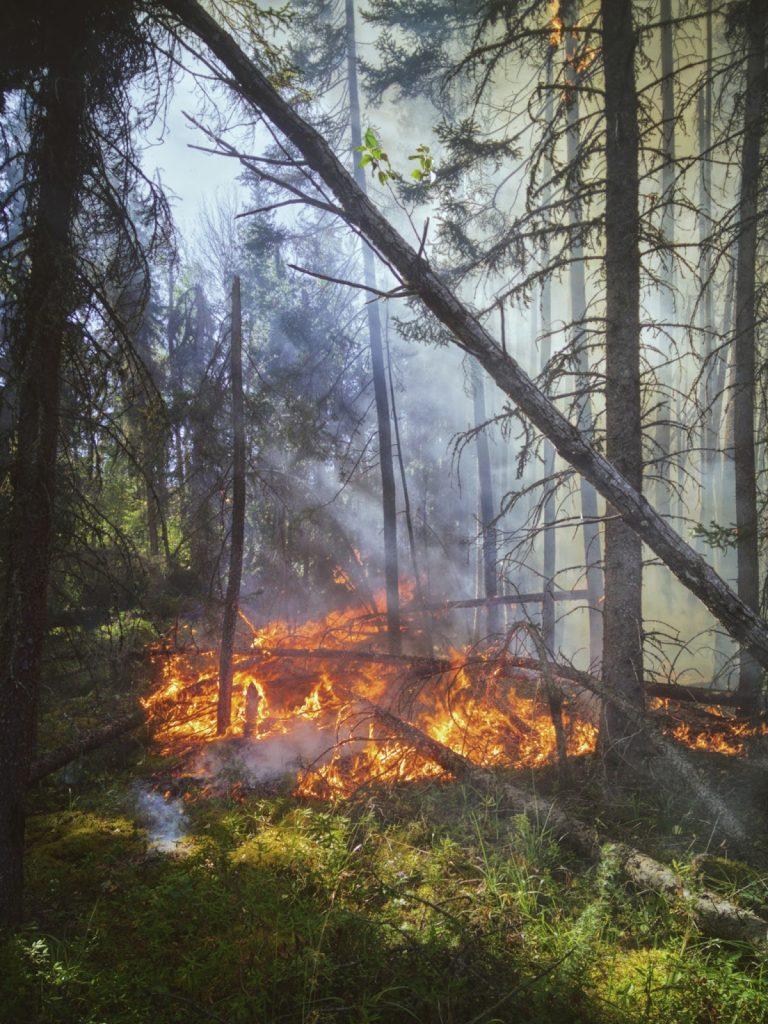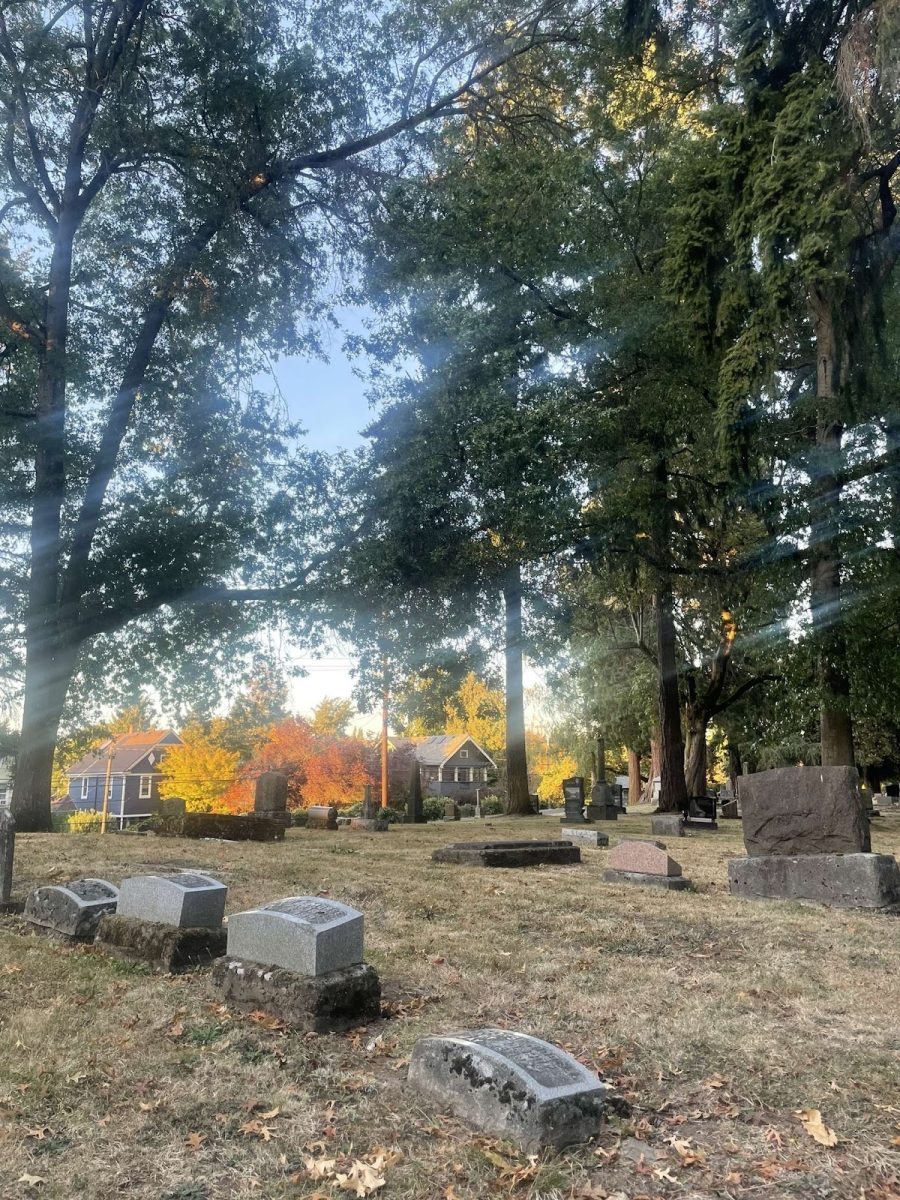
The unusual presence of smoke and poor air quality in Portland this late into the fall begged the question: How bad has the Oregon 2022 fire season been compared to previous years, and what is being done to combat wildfires?
According to Jason Cox of the Oregon Department of Forestry (ODF), it is unusual to have this many fires so late in the year. Due to the near complete lack of precipitation, and several waves of heat surpassing 100 degrees Fahrenheit since June, fire danger is high. As of Oct. 22, 10 wildfires ranging in size from less than an acre to 171,000 acres are currently burning in Oregon, according to Oregon Wildfire Response & Recovery.
Oregon had a very rainy spring in 2022. The rain, along with a higher snowpack (snow that stays on the ground until spring before melting) than usual, delayed the fire season. This was a blessing for the ODF, who had more time to hire and train firefighters, according to The Statesman Journal. But the abundance of rain in the spring worried some, as it could have a negative effect. More water means the growth of more organic material that could potentially become a hazard. “A few of the concerning aspects include rapid-growing grasses and fine fuels that could dry out and become highly flammable by late July and August,” The Statesman Journal explained.
Luckily, this excess of fuel didn’t prove to be too much of a problem; Cox stated that “2022 fires are actually down from the 10-year average,” in terms of the total number of fires, and the total acreage burned in Oregon. He credited the rainy spring as one of the reasons for this decline, as well as the ODF’s effective firefighting methods.
According to the Oregon Capital Chronicle, “About 97% of wildfires this year were caught within the time they burned 10 acres or less.”
Cox mentioned the infrared smoke detection technology that ODF now uses to detect fires quickly. Finding a fire soon after it catches, while it is still small, greatly reduces the effort required to contain and extinguish it.
587 of Oregon’s 806 wildfires in 2022 were started by humans; the other 219 were caused by lightning strikes according to the Chronicle. Lightning strikes are much easier to extinguish quickly, as most of the time the path of a lightning storm can be predicted.
“When we know that a storm is coming, we can deploy firefighters and planes in the area to put out any lightning strikes as quickly as possible,” Cox explained.
When a fire is not controlled in its early stages, firefighters use several methods in order to contain the fire. One such method is known as prescribed burning, a very effective way of preventing the further spread of a fire. For a prescribed burn, a smaller controlled fire is intentionally lit to burn any fuel in the path of the wildfire, so that the wildfire cannot progress forward. Another similar method is called line construction. The Oregon Wildland/Urban Human Fire Interface describes line construction as the cutting of a line “out of the forests, in a perimeter around the fire so that when the fire reaches the line, there is no fuel to burn and it burns out.” Both of these efforts are crucial to controlling and extinguishing fires.
Oregon is doing a lot to combat wildfires, as their intensity and frequency have increased due to climate change and drought. In 2021, the Oregon Senate passed Bill 762, which provided nearly a quarter billion dollars that is going towards assuring that Oregon is as prepared and as safe as possible when it comes to wildfires, as stated by the ODF. According to the ODF, the bill aims to achieve this by supporting more effective firefighting methods, as well as “increasing the resiliency of Oregon’s landscapes.”
In recent years Oregon has been hammered by devastating fires during the summer months. But 2022 has seen a noticeable decrease in the number, and severity, of its fires, compared to the average of the last 10 years, due to a wetter spring and more advanced fire detection and combat methods.

































